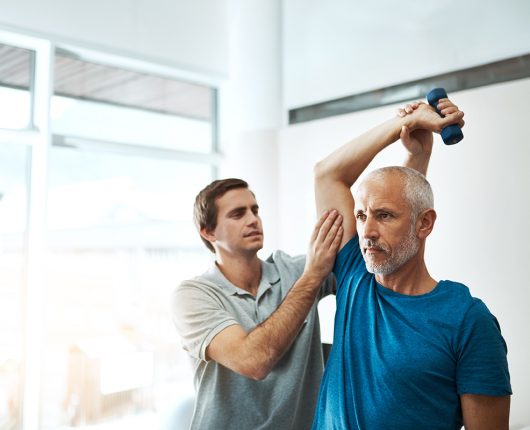Population aging is an increasing reality around the world, and with it, there is a pressing need to combat diseases associated with old age, such as frailty. To counteract this phenomenon, the role of physical exercise in improving well-being in older adults has been extensively investigated. While supervised exercise has been the main focus of previous studies, unsupervised exercise emerges as a practical and promising alternative for those who face limitations in their access to or participation in supervised programs.
Supervised vs. unsupervised intervention
To address this crucial question, a systematic review and meta-analysis was conducted that included 34 studies and 2,830 adults over 60 years of age. This analysis compared the safety, support, and efficacy of supervised versus unsupervised exercise in improving physical function and well-being in this population. Results revealed that supervised exercise demonstrated significantly greater benefits, especially in knee strength, compared to unsupervised. In addition, more favorable results were observed when participants completed at least 66% of the scheduled sessions.
Despite these findings, both interventions proved to be safe, with comparable attendance rates, suggesting that unsupervised exercise may be a viable option for improving physical well-being in cases where supervised exercise is not feasible.

Comparison of results and conclusions
The evidence compiled from the 34 studies and the meta-analysis shed light on the differences between supervised and unsupervised exercise in older adults. While supervised exercise showed significant improvement in knee strength and other aspects of physical function, unsupervised exercise was also shown to be beneficial and safe. This is especially relevant in situations where supervision is not feasible due to physical, financial, or access limitations to sports facilities.
Importantly, the effectiveness of exercise in older adults is closely linked to consistency and adherence to the training program. Participants who completed at least two-thirds of the assigned sessions experienced the greatest benefits, regardless of whether the exercise was supervised or unsupervised.
In conclusion, while supervised exercise remains the preferred option in terms of optimal outcomes, unsupervised exercise offers a valuable and accessible alternative for improving physical function and well-being in older adults. This research underscores the importance of tailoring exercise programs to individual needs and resource availability, always with the guidance of health professionals.
Study with us
As this article reveals, supervised and unsupervised physical exercise offers significant benefits for older adults in terms of improved physical function and well-being. This study highlights the importance of programs like ours, which not only address the relevance of physical exercise, but also delve into sports management and specialized training. Our Master in Physical Activity: Sports Training and Management offers a unique combination of theory and practice, preparing students to lead in the sport and physical activity industry. By joining our program, you’ll have the opportunity to explore in depth how exercise can improve the quality of life for seniors, while gaining management and leadership skills that will set you apart in your career.

